



Dried fruits, other than plums, can be identified as a combination of dried fruits that hail from different categories. However, these fruits are predominantly summer fruits. These fruits have become immensely popular in Australia over recent years. However, in recent times there is a debate that has been fuelled around this edible item. While some say that it is a nutritious snack, others claim that it is in fact no better than candy. In order to understand the good and bad effects of it, their characteristics have to be investigated in detail.
This edible item is actually nothing more than fruit that has had all the water content removed through various drying methods. In this process, the fruit shrinks, leaving behind an energy-dense dried fruit. One major advantage of this is that it can be preserved for a longer time than normal, unprocessed fruits. Some varieties of these fruits that are currently present are mangoes, pineapples, cranberries, apples and bananas. Most importantly, this edible snack is highly nutritious and contains the same amount of nutritional value as that of regular fruit. Hence, it can be concluded that this snack is not only highly advantageous for a healthy body but it also is something that is pleasant to the taste.
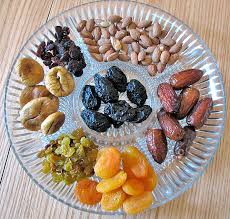

As of June 2019:
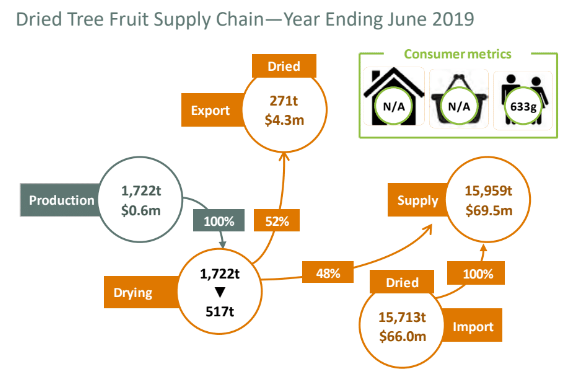

There are many categories from which fruits are picked for the drying process. Hence, these fruits consist of those that are popular in the Australian nation. The majority of apricots that are meant for drying are produced in Riverland and Sunraysia. Peaches, apples, pears and nectarines are produced and readied in much smaller quantities than apricots. The majority of the production occurs in the Goulburn Valley.
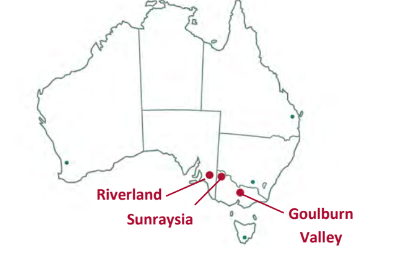

There are a great number of categories of tree fruits that are grown for drying in Australia. They are:
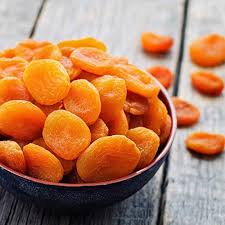

As of June 2019, Australia has imported 15,713 tonnes of tree fruits. The imports and exports in this category are reflected in the table below.
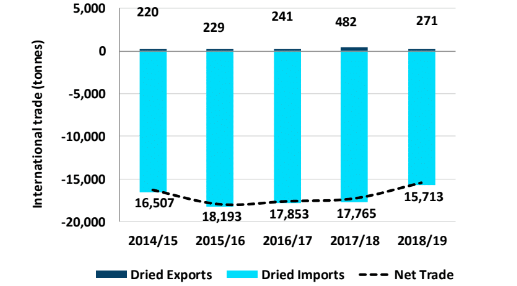

Article by: Hari Yellina (Orchard Tech)